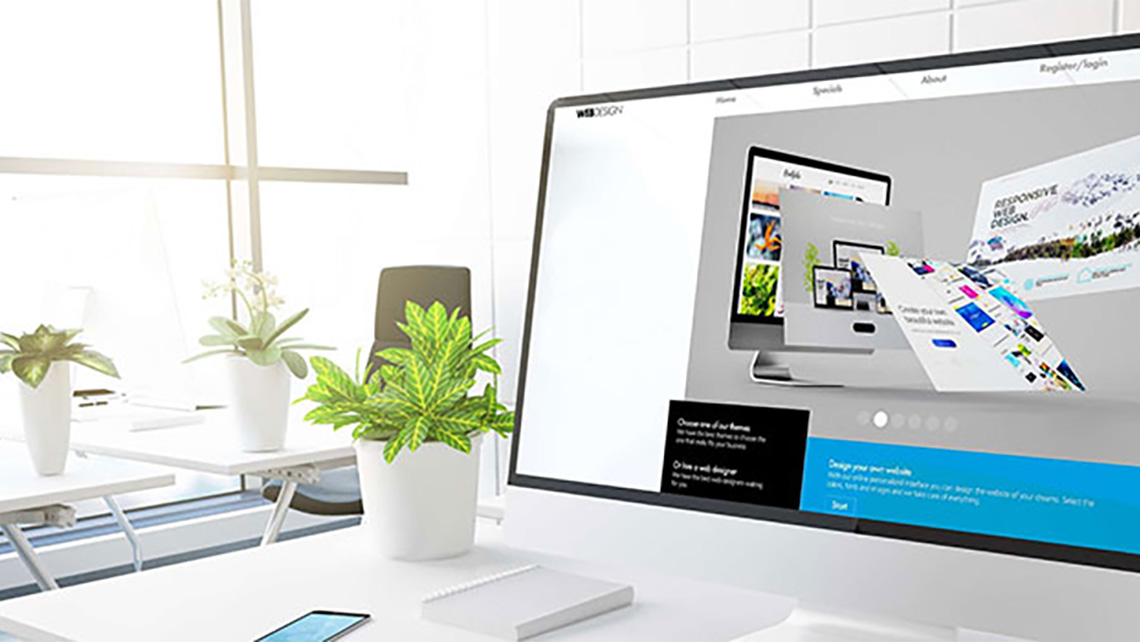Designers could mean the difference between a great user experience and a poor one on a website in this digital age. Content-centered web design concentrates on designs that encourage users and keep them hooked on the website to view the content. This is a good way to not only drive more engagement but also promote user retention. Here’s why this strategy is so crucial in grabbing and maintaining visitors’ attention. All companies should consider web designs that provide helpful information, ultimately prompting guests to take the proper action.

Content for Your Web Design
The user-first design is based on the story of your user. Users should be understood. This way, designers can design layouts that make it easy to keep the information that matters relevant. This gives your users a very fluid and pleasant experience, and they will want to come back time after time.
Visual hierarchy is also used to emphasize important content in web design. Centered titles, subtitles, and call-to-action links guide users through the site. This helps keep them in the loop and can even prompt them to take a desired action, such as making a purchase or filling out a form. Clearly communicating increases engagement and strengthens trust.
Readability is also important. A readable design ensures that the text is easy to read with the right font size, colors, and spacing. Material should be in bullet points and short paragraphs to keep it approachable. Better readability leads to improved user satisfaction and more return visits.
Earning Trust By Value Providing Content
The fundamental concept of content-based design is delivering helpful, quality content. Great content resonates with the audience’s needs and challenges and generates brand trust. Frequent updates will entice visitors back to your website by demonstrating that the content is there and being maintained.
Authentic storytelling can lead to emotional connections with users. Case studies, brand stories, and customer testimonials That Show real-life cases with satisfied or unsatisfied customers can draw in new clients and drive loyalty. When they see themselves in your story, your audience will likely identify with your brand.
Visual Design: Encouraging User Interaction With Content
Following our gut is critical, too, regarding how we get around. Your navigation should be intuitive so users can easily find what they’re looking for. Clear menus, search, and logical categorization lower barriers and promote self-discovery.
Remember to strategically deploy visuals to help the user see the content. Images, videos, or infographics can break up blocks of text and reinforce the most important bits of information to help with retention. If the visuals are captivating, they will hook attention and promote retention.
Also, always make your site’s design responsive so it’s viewable on all devices. A cross-platform experience keeps users happy and healthy.
Tracking Engagement: What to Measure
Here are some metrics that you may want to use to measure the success of a content-centric web design:
Average Session Duration: This shows how long users stay engaged with your page’s content.
Pages per Session: This metric shows how many pages a user visits in one session – the more pages a user visits, the more engaged they are with your content.
Bounce rate: A low bounce rate means that your visitors find what they want and stay.
Conversion Rate: Follows how your content prompts a response (like signing up or purchasing).
Conclusion
The significance of content-led web design for user stickiness is second to none. Remember this as you build or update your website: utilizing designs that serve and showcase your content is essential. By using the above tips and tricks, you can create a good website that is user-friendly, will have people coming back, and will be able to absorb for many years to come.
Our expert web designers at WireTree can create a Responsive and compelling website to boost visitor rates. You’re welcome to contact us about your project.
